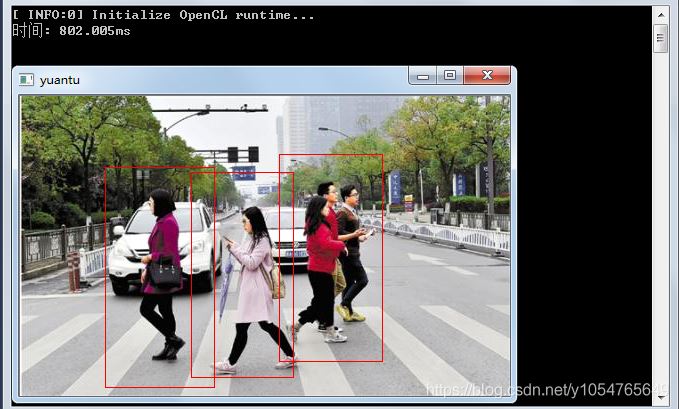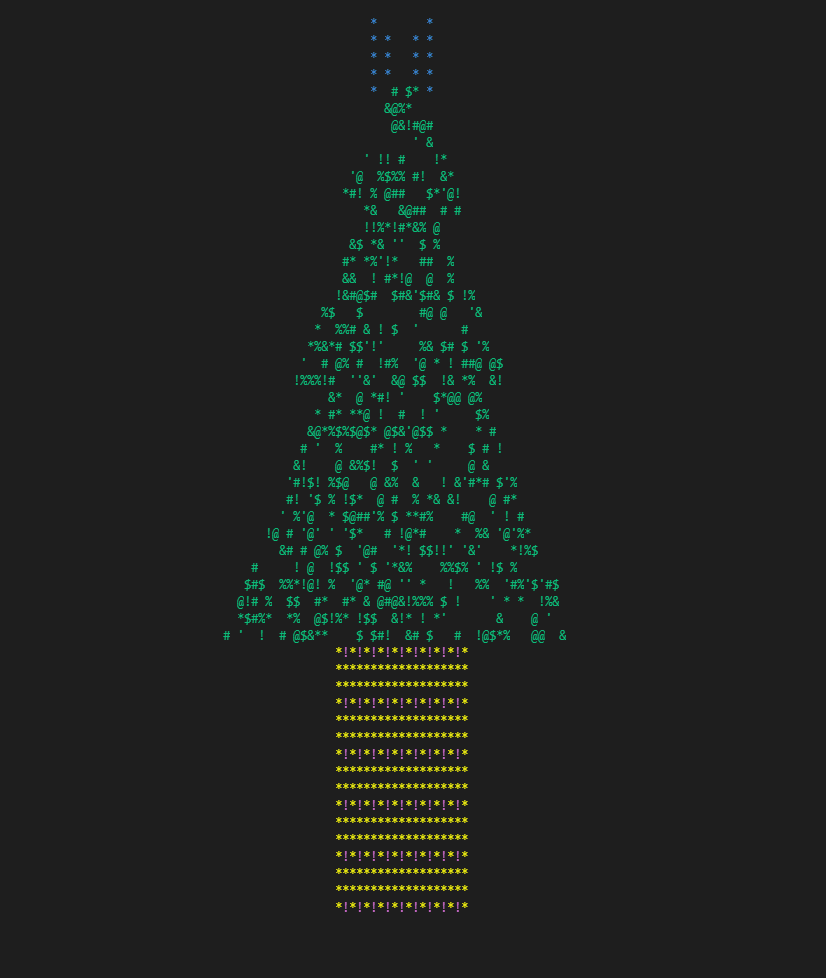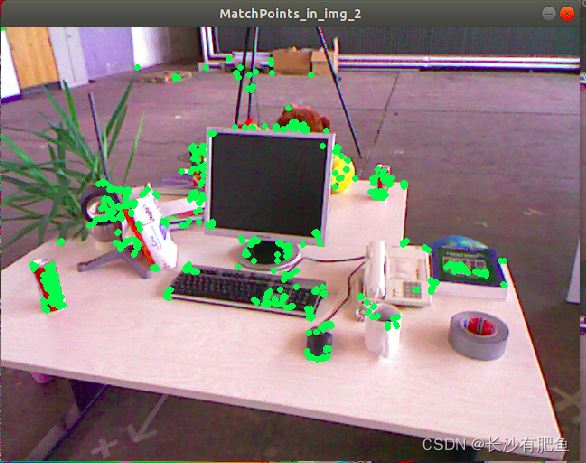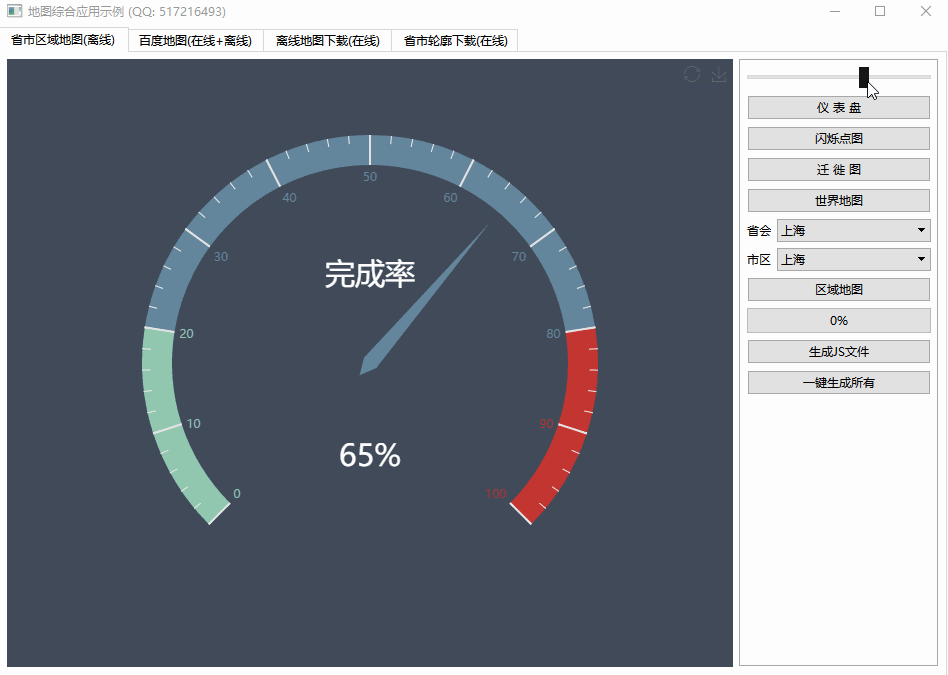How to open a GStreamer pipeline from OpenCV with VideoWriter(如何使用 VideoWriter 从 OpenCV 打开 GStreamer 管道)
问题描述
我正在使用 OpenCV VideoCapture 捕获视频帧.捕获工作正常,因为我可以使用这样的帧:
I am capturing video frames with OpenCV VideoCapture. The capturing works fine as I am able to use the frames like this:
cv::VideoCapture cap("v4l2src device=/dev/video1 ! videoscale ! videorate ! video/x-raw, width=640, height=360, framerate=30/1 ! videoconvert ! appsink");
cv::imshow("feed", frame);
我还想通过网络发送流,这就是我卡住的地方.不知何故,我在 appsrc 管道部分失败了.我想将流编码为 jpeg 并将其发送到 vie udp.这是我得到的:
I would also like to send the stream over the network and here is where I am stuck. Somehow I am failing in the appsrc pipeline part. I want to encode the stream to jpeg and send it vie udp. This is what I got:
cv::VideoWriter writer
writer.open("appsrc ! videoconvert ! jpegenc ! jpegparse ! rtpjpegpay pt=96 ! udpsink host=192.168.1.25 port=5000", 0, (double)30, cv::Size(640, 360), true);
看起来上面的行没有做任何事情.writer <<frame 不做任何事情.此外,此 gstreamer 命令不显示任何内容:
Looks like the above line does not do anything. The writer << framedoes not do anything. Also this gstreamer command does not display anything:
gst-launch-1.0 udpsrc port=5000 caps = "application/x-rtp, media=(string)video, clock-rate=(int)90000, encoding-name=(string)JPEG, payload=(int)96" ! rtpjpegdepay ! jpegdec ! decodebin ! videoconvert ! autovideosink
我不知道我在 writer.open 部分失败的地方.如果我像下面这样运行 gstreamer 命令,它们就会工作:
I dont know where am I failing in the writer.open part. If I run the gstreamer commands like this bellow they work:
gst-launch-1.0 v4l2src device=/dev/video1 ! videoscale ! videorate ! video/x-raw, width=640, height=360, framerate=30/1 ! jpegenc ! jpegparse ! rtpjpegpay pt=96 ! udpsink host=192.168.1.25 port=5000
gst-launch-1.0 udpsrc port=5000 caps = "application/x-rtp, media=(string)video, clock-rate=(int)90000, encoding-name=(string)JPEG, payload=(int)96" ! rtpjpegdepay ! jpegdec ! decodebin ! videoconvert ! autovideosink
推荐答案
在使用 OpenCV 的 Gstreamer API 之前,我们需要一个使用 Gstreamer 命令行工具的工作管道.
Before using OpenCV's Gstreamer API, we need a working pipeline using the Gstreamer command line tool.
发送方: OP 使用 JPEG 编码,因此此管道将使用相同的编码.
Sender: The OP is using JPEG encoding, so this pipeline will be using the same encoding.
gst-launch-1.0 -v v4l2src
! video/x-raw,format=YUY2,width=640,height=480
! jpegenc
! rtpjpegpay
! udpsink host=127.0.0.1 port=5000
Receiver:rtpjpegdepay的接收器caps需要匹配rtpjpegpay的srccaps 发送方管道.
Receiver: The sink caps for rtpjpegdepay need to match the src caps of the rtpjpegpay of sender pipeline.
gst-launch-1.0 -v udpsrc port=5000
! application/x-rtp, media=video, clock-rate=90000, encoding-name=JPEG, payload=26
! rtpjpegdepay
! jpegdec
! xvimagesink sync=0
现在我们有用于发送方和接收方的工作管道,我们可以将它们移植到 OpenCV.
Now that we have working pipelines for sender and receiver, we can port them to OpenCV.
发件人:
void sender()
{
// VideoCapture: Getting frames using 'v4l2src' plugin, format is 'BGR' because
// the VideoWriter class expects a 3 channel image since we are sending colored images.
// Both 'YUY2' and 'I420' are single channel images.
VideoCapture cap("v4l2src ! video/x-raw,format=BGR,width=640,height=480,framerate=30/1 ! appsink",CAP_GSTREAMER);
// VideoWriter: 'videoconvert' converts the 'BGR' images into 'YUY2' raw frames to be fed to
// 'jpegenc' encoder since 'jpegenc' does not accept 'BGR' images. The 'videoconvert' is not
// in the original pipeline, because in there we are reading frames in 'YUY2' format from 'v4l2src'
VideoWriter out("appsrc ! videoconvert ! video/x-raw,format=YUY2,width=640,height=480,framerate=30/1 ! jpegenc ! rtpjpegpay ! udpsink host=127.0.0.1 port=5000",CAP_GSTREAMER,0,30,Size(640,480),true);
if(!cap.isOpened() || !out.isOpened())
{
cout<<"VideoCapture or VideoWriter not opened"<<endl;
exit(-1);
}
Mat frame;
while(true) {
cap.read(frame);
if(frame.empty())
break;
out.write(frame);
imshow("Sender", frame);
if(waitKey(1) == 's')
break;
}
destroyWindow("Sender");
}
接收方:
void receiver()
{
// The sink caps for the 'rtpjpegdepay' need to match the src caps of the 'rtpjpegpay' of the sender pipeline
// Added 'videoconvert' at the end to convert the images into proper format for appsink, without
// 'videoconvert' the receiver will not read the frames, even though 'videoconvert' is not present
// in the original working pipeline
VideoCapture cap("udpsrc port=5000 ! application/x-rtp,media=video,payload=26,clock-rate=90000,encoding-name=JPEG,framerate=30/1 ! rtpjpegdepay ! jpegdec ! videoconvert ! appsink",CAP_GSTREAMER);
if(!cap.isOpened())
{
cout<<"VideoCapture not opened"<<endl;
exit(-1);
}
Mat frame;
while(true) {
cap.read(frame);
if(frame.empty())
break;
imshow("Receiver", frame);
if(waitKey(1) == 'r')
break;
}
destroyWindow("Receiver");
}
这篇关于如何使用 VideoWriter 从 OpenCV 打开 GStreamer 管道的文章就介绍到这了,希望我们推荐的答案对大家有所帮助,也希望大家多多支持编程学习网!
本文标题为:如何使用 VideoWriter 从 OpenCV 打开 GStreamer 管道


基础教程推荐
- 常量变量在标题中不起作用 2021-01-01
- 如何检查GTK+3.0中的小部件类型? 2022-11-30
- 在 C++ 中计算滚动/移动平均值 2021-01-01
- 这个宏可以转换成函数吗? 2022-01-01
- 静态库、静态链接动态库和动态链接动态库的 .lib 文件里面是什么? 2021-01-01
- 如何通过C程序打开命令提示符Cmd 2022-12-09
- C++结构和函数声明。为什么它不能编译? 2022-11-07
- 如何在 C++ 中初始化静态常量成员? 2022-01-01
- 如何将 std::pair 的排序 std::list 转换为 std::map 2022-01-01
- 我有静态或动态 boost 库吗? 2021-01-01

















